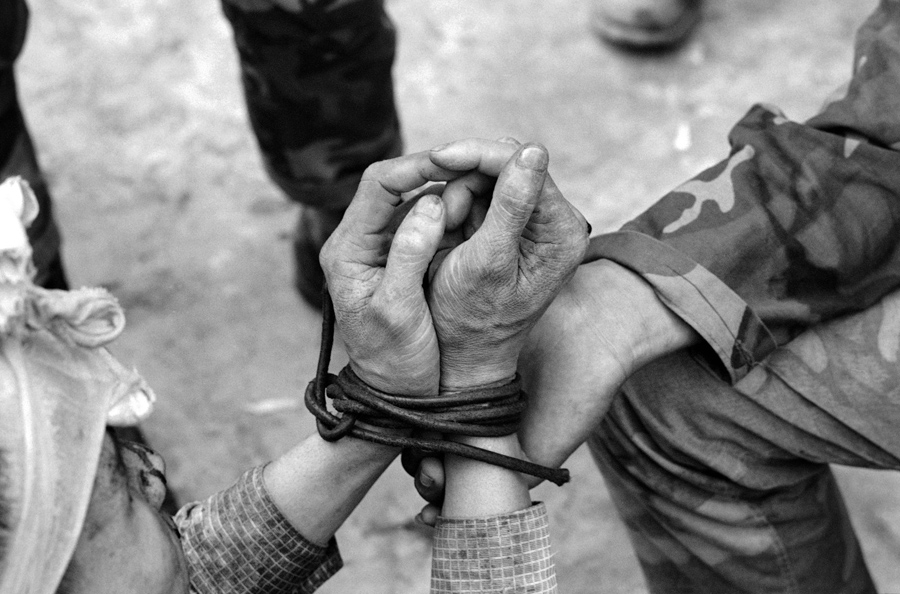


military advisers in South Vietnam, and more than 100 Americans had been killed. When Kennedy was assassinated in November 1963, there were more than 16,000 U.S. Kennedy rounded another turning point in early 1961, when he secretly sent 400 Special Operations Forces–trained (Green Beret) soldiers to teach the South Vietnamese how to fight what was called counterinsurgency war against Communist guerrillas in South Vietnam. Eisenhower undertook instead to build a nation from the spurious political entity that was South Vietnam by fabricating a government there, taking over control from the French, dispatching military advisers to train a South Vietnamese army, and unleashing the Central Intelligence Agency ( CIA) to conduct psychological warfare against the North. The administration of President Dwight D. The United States refused to accept the arrangement. When the Vietnamese Nationalist (and Communist‐led) Vietminh army defeated French forces at Dienbienphu in 1954, the French were compelled to accede to the creation of a Communist Vietnam north of the 17th parallel while leaving a non‐Communist entity south of that line. In May 1950, President Harry S Truman authorized a modest program of economic and military aid to the French, who were fighting to retain control of their Indochina colony, including Laos and Cambodia as well as Vietnam. The United States entered that war incrementally, in a series of steps between 19. But there was no fixed beginning for the U.S. Vietnam War (1960–1975) CausesMilitary and Diplomatic CourseDomestic CoursePostwar ImpactChanging Interpretations Vietnam War (1960–75): Causes Most American wars have obvious starting points or precipitating causes: the Battles of Lexington and Concord in 1775, the capture of Fort Sumter in 1861, the attack on Pearl Harbor in 1941, and the North Korean invasion of South Korea in June 1950, for example.


 0 kommentar(er)
0 kommentar(er)
